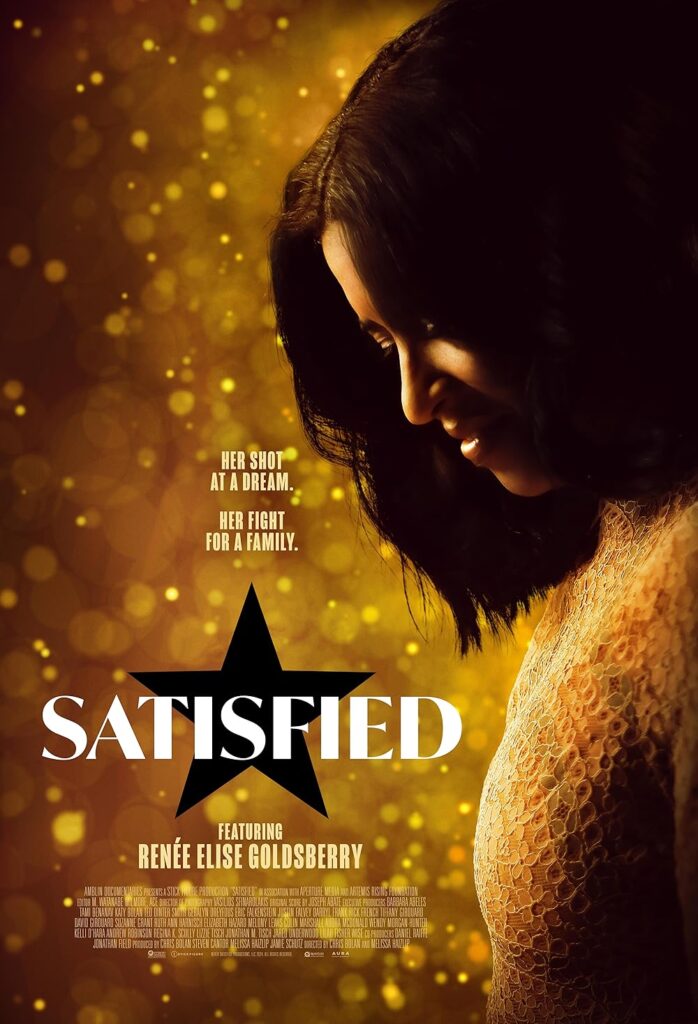Now You See Me: Now You Don’t
Posted on November 13, 2025 at 5:18 pm
B +| Lowest Recommended Age: | Middle School |
| MPAA Rating: | Rated PG-13 for some strong language, violence and suggestive references |
| Profanity: | Some strong language |
| Nudity/ Sex: | Mild references |
| Alcohol/ Drugs: | Social drinking, drug reference |
| Violence/ Scariness: | Peril and violence, character killed, references |
| Diversity Issues: | Diverse characters |
| Date Released to Theaters: | November 14, 2025 |
Take this into account: I loved the first film in this series about the magicians who exchange quips as they dazzle audiences and outsmart international law enforcement, and I liked the second one a lot. So when I say that a better title might be: “Now You See Me: Now You Don’t Think Too Hard,” that doesn’t mean I didn’t thoroughly enjoy this third in what is being set up to be a “Mission Impossible” or “Fast and Furious”-style franchise. It does mean that you will be more likely to enjoy yourself thoroughly if you don’t get distracted by questions of logics or physics. You know, like “Mission Impossible” and “Fast and Furious.”

To recap: In the first film, illusionist Daniel Atlas (Jesse Eisenberg), mentalist/hypnotist
Merritt McKinney (Woody Harrelson), lock-picker/pickpocket/card thrower Jack Wilder (Dave Franco), and escape artist Henley Reeves (Isla Fisher) teamed up as The Horsemen to return a portion of a billionaire’s ill-gotten gains to some of the people he stole from, and they become members of the most secret, selective, and prestigious magic club in the world, called The Eye. In the second film, the three men are joined by Lula (Lizzy Caplan), replacing Henley, and the villain is the son of the villain from the first film.
The team has separated for many years, but they are reunited when they receive mysterious cards from The Eye, and they are joined by three young magicians who are likely being set-up to lead in episode 4, teased at the end of this film. The newcomers are stage performer Bosco (Dominic Sessa from “The Holdovers”), pickpocket June (Ariana Greenblatt the girl who was too old to play with Barbies in “Barbie”), and Charlie (Justice Smith from “Dungeons and Dragons: No Honor Among Thieves”), a magic nerd deeply immersed in the history of the art and craft of deception for entertainment who prefers to plan the illusions but remain behind the scenes. As with the previous films, the fun comes from the prickly banter, the fun of being fooled and then getting a peek at how the tricks are done, and the satisfaction of outsmarting a villain who deserves it.
And Veronika Vanderberg (Rosamund Pike) is every bit as worthy of being outsmarted as we could wish. She is the ruthless head of a South African diamond company, inherited from her father. Her diamonds are involved in laundering money for arms dealers and traffickers, and warlords. “She makes all the worst criminals possible.” (If that sounds like crypto, don’t think that gets left out.) There’s also some mention of the entire premise of the diamond business being based on abusive practices. And someone with a disguised voice keeps calling her about something very bad in her past that she does not want to be made public.
Veronika has a gigantic diamond called The Heart that is the size of a very large potato and she is scheduled to show it off at an exclusive formal gala. The Horsemen infiltrate and pull various tricks to steal The Heart. The Eye cards then lead them to a magnificent castle that is like a museum of magic, with puzzle rooms that include funhouse mirrors and M.C. Escher-style steps. Then there is a final confrontation, with more twists than there are in a family size box of fusilli. That includes some appearances by characters/performers from the previous films. The series is bending toward “Mission Impossible” (the TV series, not the movies) territory with its intricate illusions to triumph over bad guys and toward “Fast and Furious” with it’s “I don’t have friends; I have family” moments, and the globe-hopping of both. Plus Lady Gaga’s very apt “Abracadabra.”
Pike makes an excellent villain. She is a master of the mirthless smile. As she did in “Gone Girl,” she shows us the fiercely feral intelligence that is always clicking toward “winning” even as her face is a mask of civility. The four original Horsemen understand their characters and their chemistry and make the most of both and the new additions show a lot of promise. They tell us up front that everything that disappears, reappears. If indeed Sessa, Smith, and Greenblatt take over the lead roles in the next film, we’ll be happy to be fooled by them again.
Parents should know that this film has some strong language, a drug reference, peril, and violence including attempted murder and a sad death of a character.
Family discussion: What kind of magic do you most enjoy? What should the Horsemen do in the next chapter?
If you like this, try: The first two films, plus “Magic Camp” and the documentary “Make Believe”










